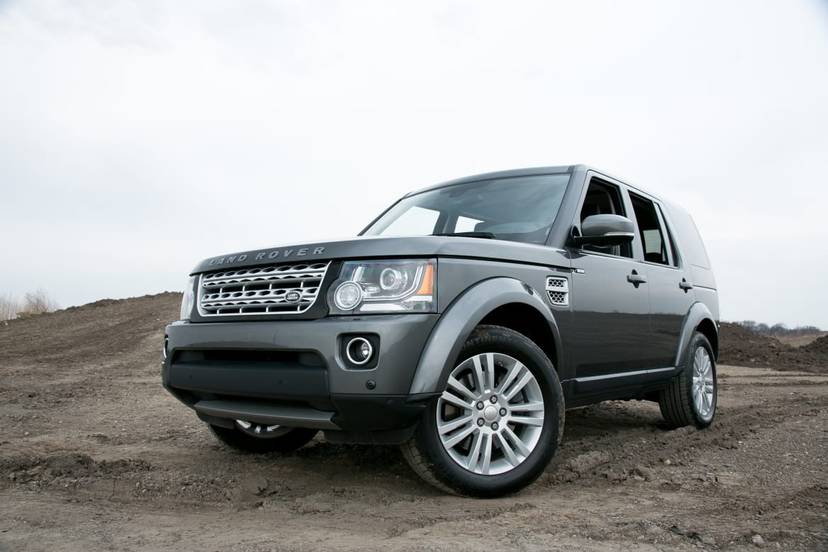
India’s Tata Motors is keenly aware that no one needs an $80,000 sport-utility vehicle that gets 14 miles per gallon and requires premium gasoline, which is why Tata has gone out of its way to make prospective buyers want it.
What we’re discussing here is an object of pure lust, the 2010 edition of the Land Rover Range Rover Sport Supercharged with options, possibly the most luxurious of full-size SUVs.
Tata Motors, part of a Mumbai-based multinational conglomerate that acquired Land Rover from Ford Motor in 2008, makes no pretense that the vehicle is meant for anything other than enjoyment and prestige. This is the SUV as ceremonial elephant.
Step in. The Range Rover Sport Supercharged smells rich. It is the aroma of Windsor premium leather and straight-grain walnut — leather on the instrument panel, and on the seats with contrast stitching; matte-finished wood that gives the impression the floor-mounted center console and other interior elements were carved from the soul of a walnut tree.
Under its tutelage, Ford emphasized the technical prowess of the Range Rover line. Buttons and dials were all over the instrument panel and center console. The feeling was more aircraft flight deck than luxury coach. Tata has changed that, giving the Sport Supercharged fewer buttons with greater ease of use.
It matters not that underneath its considerable finery, the Sport Supercharged remains a truck with a hydro-formed, box-steel ladder-frame. (Tutorial: Hydro-forming, widely used in the automobile industry, employs high-pressure hydraulic fluid in the shaping and strengthening of complex pieces of malleable metals.)
So, yes, the new Range Rover Sport Supercharged remains tough. It can acquit itself in off-road travel. But who, in his or her right mind, would attempt such a thing? It would be akin to planning an evening at a landfill in black tie or gown.
I was tempted. Remodeling of the minor sort continues apace on our Northern Virginia house. Such endeavors yield lots of trash — and much aging junk that never should have been bought in the first place. I was planning to load the Range Rover for several runs to the Fairfax County Landfill in Lorton.
But I couldn’t bring myself to do it.
The vehicle was too pretty, too precious. Also, it was less accommodating for dirty duty than, say, a GMC Yukon SLT, available for roughly $30,000 less than the Range Rover Sport Supercharged. The Yukon has a maximum 109 cubic feet of cargo space. The Range Rover gives you a maximum of 71 cubic feet, which means it is far more “sport” than “utility.”
But that is exactly the point, which raises the question: How do you make a ceremonial elephant dance? In the case of the Range Rover Sport Supercharged, carrying a factory weight of 5,816 pounds, you give it a big V-8 engine and a sophisticated suspension (four-wheel independent, double wishbone front-rear, ride control and height adjustable) designed to make it appear nimble.
This almost works. The supercharged 5-liter, 32-valve V-8 (510 horsepower, 461 foot-pounds of torque) installed in the Range Rover Sport (thus the “Supercharged” moniker for this one) is an undoubtedly robust engine. It produces such thrust you almost have to warn passengers before tapping the accelerator. The thing is fast.
It’s not nimble. It remains a truck, and trucks, by genetics and design, remain the elephants of the vehicle world.
Real-world experience says you don’t want to drive the Range Rover Sport Supercharged in congested, contentious urban traffic. It’s still too big, too heavy and too clumsy to find true happiness in that sort of outing. Nor would you, or should you, attempt to take tight curves at high speeds in this one.
The Sport Supercharged comes admirably equipped with compensatory electronics — patented “All-terrain Dynamic Stability Control,” cornering brake control, and emergency braking assistance. But not one of them is engineered to overcome the laws of physics.
Brown is a special correspondent.












































.jpg)